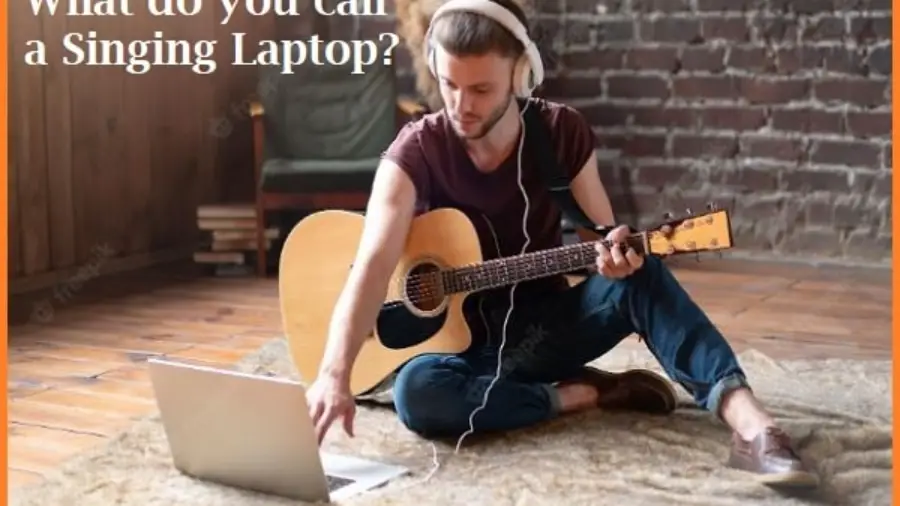There’s a new trend in town, and it’s called a singing laptop. That’s right, these laptops have been designed to sing. And they’re not just any old songs either – they’re popular songs that everyone knows and loves.
Whether you’re looking for a way to entertain your friends or you just want to add some personality to your computer, a singing laptop is the way to go.
What Do You Call a Singing Laptop?
If you’ve ever been to a karaoke bar, you know that there are all sorts of people who enjoy belting out tunes in front of an audience. But what about those of us who don’t want to be seen in public? Or those of us who can’t carry a tune to save our lives?
The best part is that nobody has to know but you and your computer. So if you’re looking for a way to enjoy karaoke without having to leave the comfort of your own home, or if you’re just looking for a way to embarrass yourself in private, the Singing Laptop is perfect for you.
What do you call a singing laptop? A Dell
For those people, there’s now a solution: the Singing Laptop. The Singing Laptop is exactly what it sounds like – a laptop that sings. It comes equipped with a built-in microphone and speakers, so all you need to do is load up your favorite karaoke track and let the fun begin.
What Do You Call a Singing Laptop
If you’re looking for a singing laptop, you might be interested in purchasing a karaoke machine. A karaoke machine is a device that allows users to sing along with recorded music. Most karaoke machines come with built-in speakers and an audio input so that you can connect your own music source.
Some higher-end models also include video outputs so that you can connect them to a TV or projector and watch yourself sing on the big screen!
How Can I Make My Laptop Sing
If you want your laptop to sing, there are a few things you can do. First, make sure that your computer’s sound system is turned on and the volume is turned up. You can also try downloading a singing program or app.
Finally, practice using the program or app to improve your vocal skills.
Read to know also
How to Project Laptop Screen to the Wall Without Projector?
How to Screenshot on Razer Laptop?
How to Rotate Camera in Sims 4 on Laptop?
What are Some Good Songs for a Laptop to Sing
There are a few good songs for laptops to sing, and they vary depending on the make and model of the laptop. For example, “The Star-Spangled Banner” is a good choice for an American-made laptop, while “O Canada” is a better selection for a Canadian-made machine. British laptops might do well with “God Save the Queen,” while Australian ones could go for “Waltzing Matilda.”
Japanese models could try out “Kimigayo,” the national anthem of Japan. And so on.
In general, any patriotic song from one’s country of origin is likely to be a good choice for a laptop singing voice.
Alternatively, popular songs that everyone knows are also often successful choices. For example, some people have had success using Michael Jackson’s “Beat It” or Queen’s “We Will Rock You.” Other fun possibilities include children’s songs like “The Wheels on the Bus” or classic hits like Elvis Presley’s “Jailhouse Rock.”
Ultimately, it depends on the make and model of laptop as well as personal taste in music as to what makes for a good song choice. However, there are definitely some tunes that tend to work well more often than not.
If you want to purchase a Computer or Laptop then you may check the Best 2 in 1 Laptops Under 600, Top 10 Best 2 in 1 Laptops Under 200, and the Best 2 in 1 Laptops under 1000.
Last Word
In a recent blog post, “What Do You Call a Singing Laptop,” the author covers the phenomenon of computer-generated music and the various ways in which people have been using it. One example is using text-to-speech software to create “singing” laptops, which has been done by both amateur and professional musicians. There are also online tools that can generate musical compositions based on user input, and some companies are even developing artificial intelligence (AI) systems that can create original music.
While some people may be skeptical of this technology, the author argues that it has the potential to change the music industry for the better by making composition more accessible to everyone.
